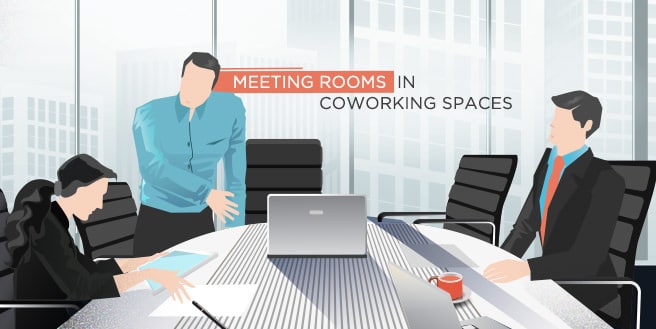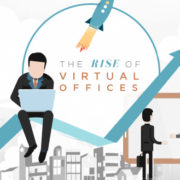A Golden Opportunity: Meeting Rooms in Coworking Spaces
On a normal basis, large gatherings and conferences are usually held in meeting rooms within high-end hotel rooms but in the presence of serviced offices, this tradition is slowly being disrupted.
Other than being a coworking space’s most profitable asset, they also represent a large opportunity for growth, industry experts say. Shared workplaces with rooms that can accommodate groups of 20-40 people can host corporate training meetings, according to Alliance Network’s chairman and founder, Frank Cottle
Providers are missing out on a great opportunity sitting right in front of themselves. By offering a cost efficient and much more appropriate alternative to hotel meetings, they are benefitting from the growing corporate mandate of innovation and sustained education.
Demand Catalysts
The increasing frequency of trainings and meeting plays a significant role in the thriving need for conference venues and event spaces. As the accelerating competition in the industry calls for continuous teaching and learning, it opened up a new untapped market for serviced offices.
Though seen as an important feature in an enterprise’s headquarters, large meeting rooms are one of the most expensive amenities to build and maintain. To make matters worse, they are also the least utilized. Corporations want to clear themselves of the burden of these big rooms since they are used at least once a month only. And with its usage averaging from once a quarter or twice a year, it makes sense that a majority of businesses simply want to settle with outsourcing the aforementioned space.
Presenting a new contingency for flexible workplaces.
Opportunity in Meeting Rooms
According to experts, meeting rooms are actually the most profitable rooms in a coworking space or serviced office. Its revenue can be up to three times per square foot of a permanent workplace. Hence, it’s worthwhile for operators to offer their conference rooms to large groups.
More than just providing additional earnings, having medium sized meeting rooms improves space utilization. The average occupancy rate of these functions in coworking spaces are 35 to 40% — with ample room for growth.
Advantages Over Hotels
Using location, features and other additional amenities as its leverage, coworking as well as other serviced offices carry the versatility to serve the aforementioned marketplace. Providers offer numerous advantages compared to hotels in terms of meeting rooms
• Natural Light
Cited as a major contributor to worker productivity and satisfaction, modern day offices are curated to incorporate natural daylight into the environment and since hotels are traditionally designed to maximize sunlight in bedrooms, conference halls are often found in poorly lit locations such as the basement.
• Concentrated Services
Shared offices and other business centers create a very different experience for both the enterprise who booked the space and those who are attending compared to hotels. Operators may have dedicated customer service representatives overseeing the venues unlike the former whose focus is on renting rooms and large-scale catered events.
• Easier Reservations and Smaller Headcounts
Reservation is made much easier in coworking spaces due to its cost-efficient fixed costs. These flexible workspaces are agile enough to accommodate small to large groups of people in an economical fashion. Moreover, unlike hotels that require large minimums, shared offices is able to host events in smaller numbers – saving you from expensive overhead costs.













Leave a Reply
Want to join the discussion?Feel free to contribute!